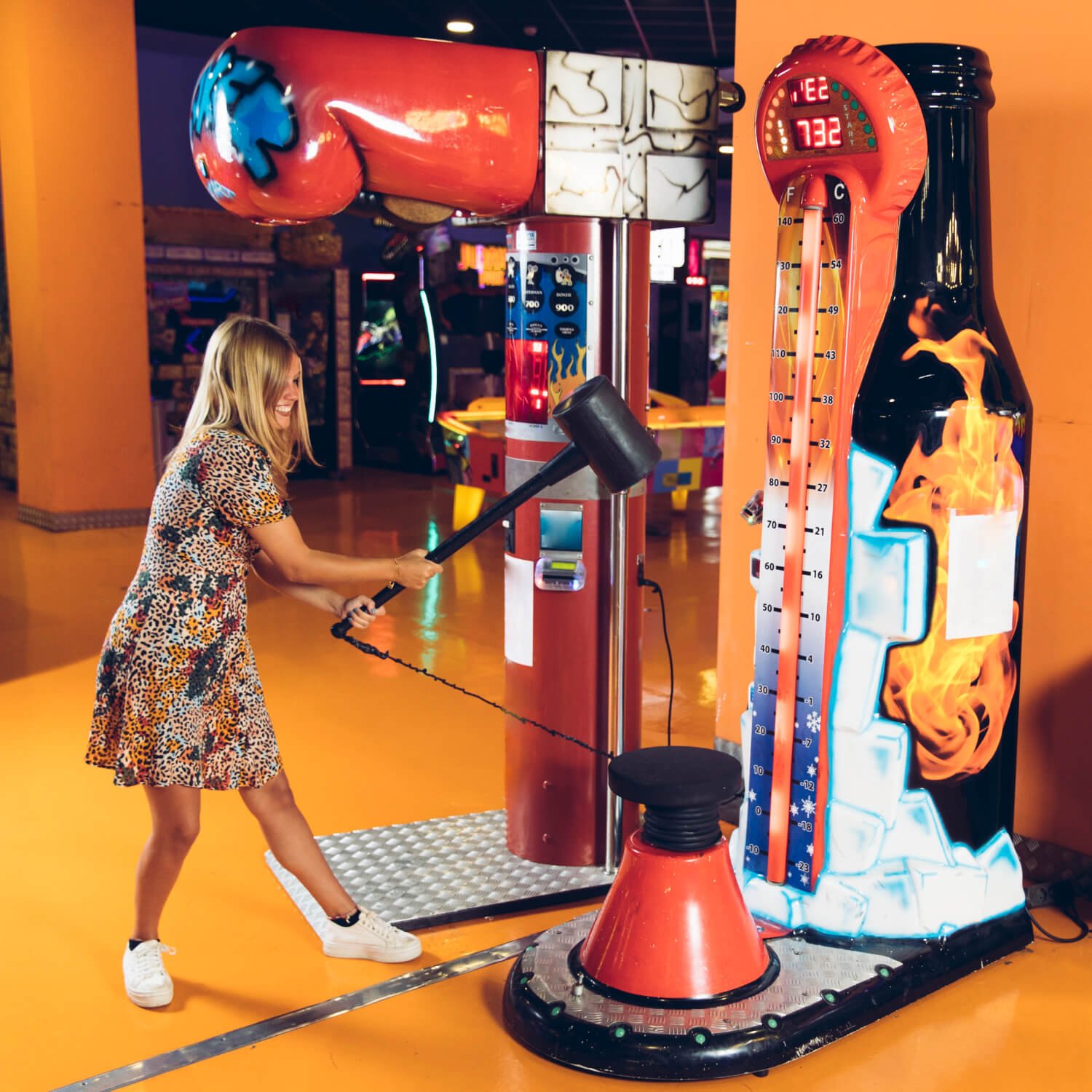Introduction
Before esports, before battle passes, and long before wireless controllers, there were arcade cabinets. Specifically, fighting games turned arcades into battlegrounds where reputations were earned with a joystick and six buttons. The genre saw its golden age in the ’90s, led by genre-defining titles like Street Fighter II and Mortal Kombat—games that didn’t just entertain, but reshaped gaming history.
Origins and Innovation
While Street Fighter (1987) planted the seeds, Street Fighter II (1991) made it a phenomenon. Its tight mechanics, diverse characters, and combo-based gameplay created a blueprint that still shapes competitive fighters. A year later, Mortal Kombat raised the stakes with digitized actors, graphic finishers, and a rebellious edge.
Key Innovations That Defined the Genre
- Character diversity: Every fighter had unique backstories, movesets, and motivations.
- Special moves & combos: Complex inputs rewarded precision and mastery.
- Competitive versus mode: Head-to-head arcade battles forged lifelong rivalries.
- Visual identity: From cartoon sprites to gritty realism, presentation mattered.
Arcade Machines: The Cultural Stage
These cabinets were more than just machines—they were public stages. Players lined up with quarters in hand, challenging champions and drawing crowds. The distinctive sounds—“Hadouken!”, “Fatality!”—became part of pop culture’s DNA.
Bring That Legacy Home
Want to relive the golden era of arcade fighting? Whether it’s the visceral style of Mortal Kombat or the strategic flow of Street Fighter II, we can help bring that energy into your home or office with a custom-built arcade machine. Durable, stylish, and fully loaded—our units are handcrafted for serious fans and casual brawlers alike.

